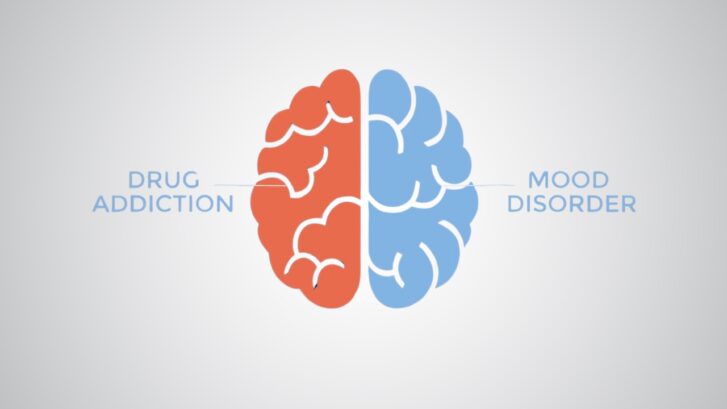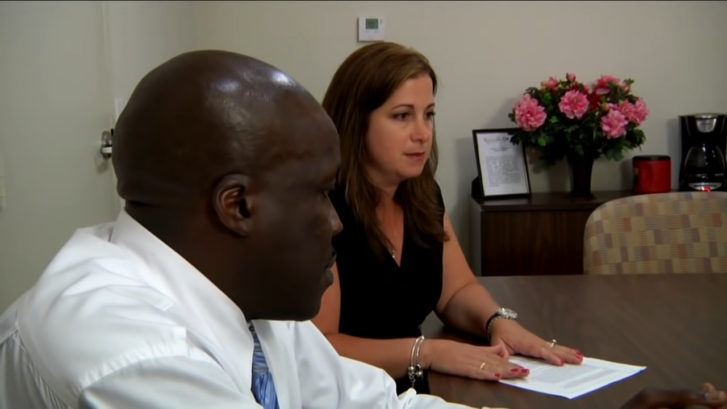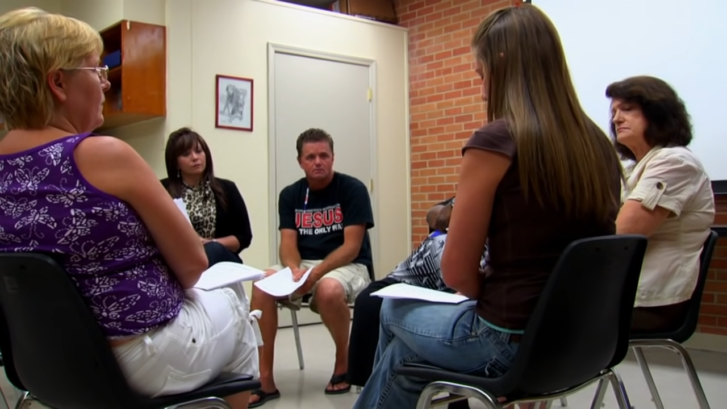In California, they are doing amazing things to help people who have both mental health and substance abuse problems. They are combining different kinds of care to create a whole new way of healing and helping people.
It is not just about treating symptoms; it is about showing how integrated care can change lives for the better. This article will show you how these new methods work and how they can make a difference in your health and happiness.
Overview of Dual Diagnosis
Dual diagnosis refers to the concurrent presence of a mental health disorder and substance abuse issue in an individual. This condition poses unique challenges due to the interplay between mental health and addiction.
Individuals with dual diagnoses often experience more severe symptoms and face complex treatment needs.
Epidemiology and Trends
Statistics reveal a significant portion of individuals with mental health disorders also struggle with substance abuse. This overlap has led to an increased focus on integrated treatment approaches. Understanding the prevalence of dual diagnosis is crucial for developing effective healthcare strategies.
Challenges in Treatment
Treating dual diagnosis is more complicated than addressing a single disorder. The intertwined nature of mental health and addiction requires a multifaceted approach. Misdiagnosis, stigmatization, and a lack of specialized resources further complicate the treatment landscape.
California’s Innovative Strategies
California has implemented progressive policies to address dual diagnosis. These include funding for integrated treatment programs and legislation aimed at improving access to mental health and addiction services. Such policies reflect a commitment to addressing the needs of those with dual diagnoses.
Integrated Treatment Programs
Given the rising numbers of mental health issues and co-occurring substance abuse disorders, the Golden State has decided to adopt a combined approach to treating these. Resulting of the said integration, rehabilitation centers, among which is the renowned Recovery Beach, were born.
These facilities provide a safe environment for individuals to recover and focus on treating the root cause of the issue. Through a combination of different types of therapies, like cognitive behavioral therapy (CBT), dialectical behavioral therapy (DBT), and even holistic therapy, those with a dual diagnosis are given a chance to overcome their mental health and addiction problems—once and for all!
Collaboration and Training
A key element of California’s strategy is fostering collaboration between mental health and addiction specialists. This includes cross-training professionals to better understand and treat dual diagnosis. Enhanced collaboration leads to more effective and coordinated care.
Core Treatment Programs
California offers a range of inpatient and outpatient programs for dual diagnosis treatment. Inpatient services provide intensive care and supervision, while outpatient programs offer flexibility and ongoing support. Each type of program is designed to cater to different levels of severity and individual needs.
Evidence-Based Approaches
The state’s treatment programs heavily rely on evidence-based practices. These include cognitive-behavioral therapy, dialectical behavior therapy, and medication-assisted treatment. Such approaches are proven to be effective in treating dual diagnosis, offering hope for recovery and long-term wellness.
Holistic and Alternative Therapies
In addition to traditional therapies, California’s programs increasingly include various holistic and alternative treatments. Beyond mindfulness, yoga, and art therapy, these now embrace methods like music therapy, equine-assisted therapy, and nutritional counseling.
These diverse approaches cater to the emotional, physical, and spiritual dimensions of health.
They serve as vital complements to conventional treatments, broadening the scope of care. This expansion reflects a commitment to diverse and innovative healing pathways, acknowledging the complexity of wellness and offering patients a more comprehensive journey towards recovery.
Impact on Patients
Patients undergoing dual diagnosis treatment in California have shown significant improvements in health and overall quality of life. This includes reductions in substance abuse, improvements in mental health symptoms, and better social functioning.
Patient Testimonials
Personal stories from individuals who have undergone treatment provide powerful insights into the effectiveness of these programs. These testimonials often highlight the transformative impact of receiving integrated care tailored to their unique needs.
Long-Term Outcomes
Research into the long-term outcomes of dual diagnosis treatment in California indicates positive trends. Patients often experience sustained improvements in mental health and reduced relapse rates. This underscores the importance of continued support and follow-up care.
Community Involvement and Support Systems
Community involvement plays a pivotal role in the recovery journey of individuals with dual diagnoses. Local resources, such as support groups and community centers, offer essential social support, enhancing the effectiveness of clinical treatments. Engaging with peers who have similar experiences fosters a sense of belonging and understanding, crucial for long-term recovery.
Development of Support Networks
In California, there’s a strong emphasis on building robust support networks around patients. These networks include family members, friends, healthcare providers, and community volunteers. They work collaboratively to create a supportive environment that encourages sustained recovery and reduces the likelihood of relapse.
Outreach and Awareness Programs
Awareness programs are vital in breaking the stigma around dual diagnosis. Through various initiatives, such as educational seminars and public campaigns, these programs aim to increase understanding of dual diagnosis and promote a more inclusive community. They also serve to connect individuals with necessary resources and support.
Technological Advancements in Treatment Methods
Technological advancements have revolutionized the treatment of dual diagnosis in California. Digital health interventions, like teletherapy and mobile health apps, provide accessible and flexible treatment options.
These tools are especially beneficial for individuals in remote areas or those with mobility challenges, ensuring that everyone has access to quality care.
Data-Driven Treatment Approaches
California is at the forefront of integrating data-driven methods into dual diagnosis treatment. By harnessing the power of big data and analytics, healthcare providers can personalize treatment plans based on patient history and response patterns.
This precision medicine approach leads to more effective and efficient treatment outcomes.
Virtual Reality and Gamification
Innovative technologies like virtual reality (VR) and gamification are being explored for their potential in treatment settings. VR can simulate real-life scenarios for safe exposure therapy, while gamification introduces engaging elements to keep patients motivated throughout their recovery journey.
These modern approaches add new dimensions to traditional treatment methods, enhancing patient engagement and effectiveness.
The Bottom Line
California’s journey in addressing dual diagnosis is a striking example of healthcare innovation and empathy in action. The state’s strategy, uniting advanced treatments, community involvement, and technological breakthroughs, stands as a model for others to follow.
This approach, constantly evolving and adapting, holds the promise of a brighter future for individuals grappling with the intertwined challenges of mental health and substance abuse.
Related Posts:
- What Is Dual Diagnosis: Unveiling the Truth Behind…
- Unraveling Dual Diagnosis of Mania and Substance…
- The Benefits and Importance of a Support System - A…
- What Is Schizophrenia? Symptoms, Diagnosis, and Management
- Acute Abdominal Pain in Adults: Evaluation and Diagnosis
- How to Save on Prescriptions - 7 Practical Tips for…


















